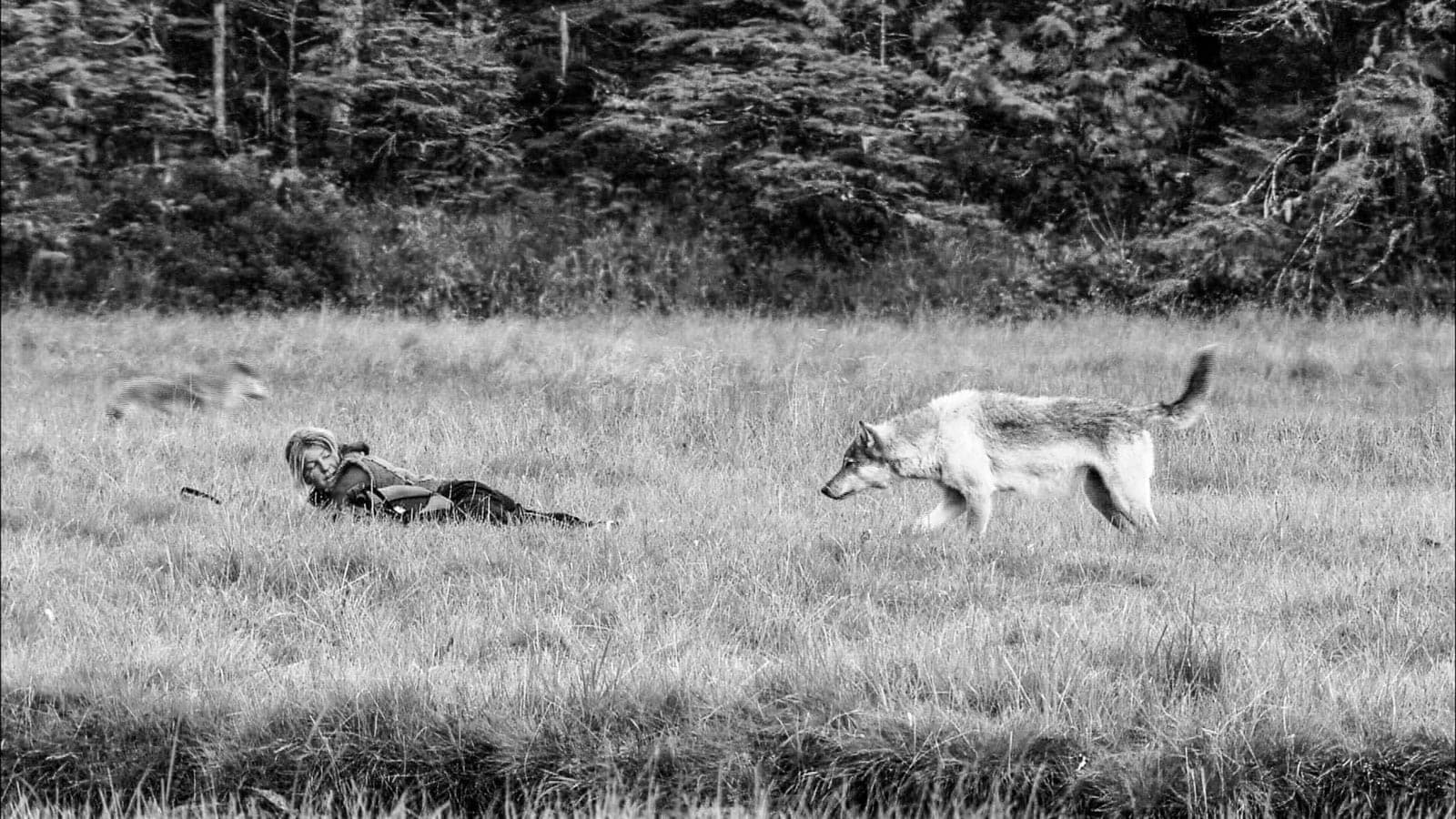The art of proper herd management
Wherever we find bear, wolf, golden jackal and/or lynx, we need to implement herd protection measures. When we go back thousands of years, people already used these forms of herd management. In areas where these predators used to live, people still possess the knowledge about effective protection measures. And these people understand the necessity of proper herd management throughout their daily life. In the Alps, generally all predators were hunted to extinction, as habitats disappeared. Over time, the local people forgot how to coexist with these animals, which are now returning. The human ability to tolerate and coexist with their natural environment, including large carnivores, is a key factor for the survival of bear, wolf, golden jackal and lynx.
Please also read: Herd management is more effective than killing wolves
Project work from CHWOLF
Our Swiss partner CHWOLF educates locals and livestock owners, promotes effective protection measures and optimises herd management. Their work is often located right in the middle of wolf territory, like the Calanda region. They provide not only financial support, but also material support and specific know-how. Proper knowledge on the wolf is lacking is many areas, but crucial for understanding the need of herd protection. With photos and video footage from the field, the CHWOLF experts can show how herd protection measures work. Their personal contact and approach is highly appreciated by the local alp owners.
A key to survival
There are multiple measures and possibilities to efficiently protect livestock in the mountains. Yet, some measures might work better in one valley, while other work better in the next. This depends on the local conditions, which thus have to be evaluated for optimal protection. In cases where guard dogs are protecting sheep, a shepherd is necessary. The shepherd does not only manages the livestock, but also monitors the animals’ behaviour and interaction. Under changing weather conditions it can lead the livestock to safer places, for example.
Crucial is proper implementation of herd protection measures. Various examples, like in Graubünden, or Northern Germany show that this lowers the wolf depredation (close) to zero. However, if implementation is deficient, wolves will exploit the weaknesses immediately. As wolves constantly observe and test their environment, consistent and effective protection measures are key to survival of livestock.
Swiss guard dog acquisition process
Livestock owners should be able to acquire a guard dog relatively quickly, in case of depredation. At least, that would be the ideal situation. Despite that Switzerland pioneers in working with guard dogs, the process is still very time consuming and complicated. The federal government supervises who gets one or more guard dogs from the official herd protection programme. At first, a representative of the canton evaluates the local situation with the alp owner. They clarify the necessary and applicable herd protection measures. If the use of guard dogs is considered, assessment of the farm takes place as the dogs will spend there 9 months a year.
The representative then communicates the findings to the responsible department. The department will contact the alp owner for technical counselling about guard dogs. Afterwards, the alp owner submits an official application for guard dogs to the canton. The canton will take the final decision whether the alp owner receives the dogs or not. Upon approval, the alp owner has to take a training for guard dog owners. The owner has to complete the theoretical part before acquisition, the practical part within a year after acquisition. Altogether, the whole process can take 1-2 years in Switzerland. This is a very long period, if a wolf has settled in the neighbourhood.
Stay up to date on the Wilderness news, subscribe to our Newsletter!









